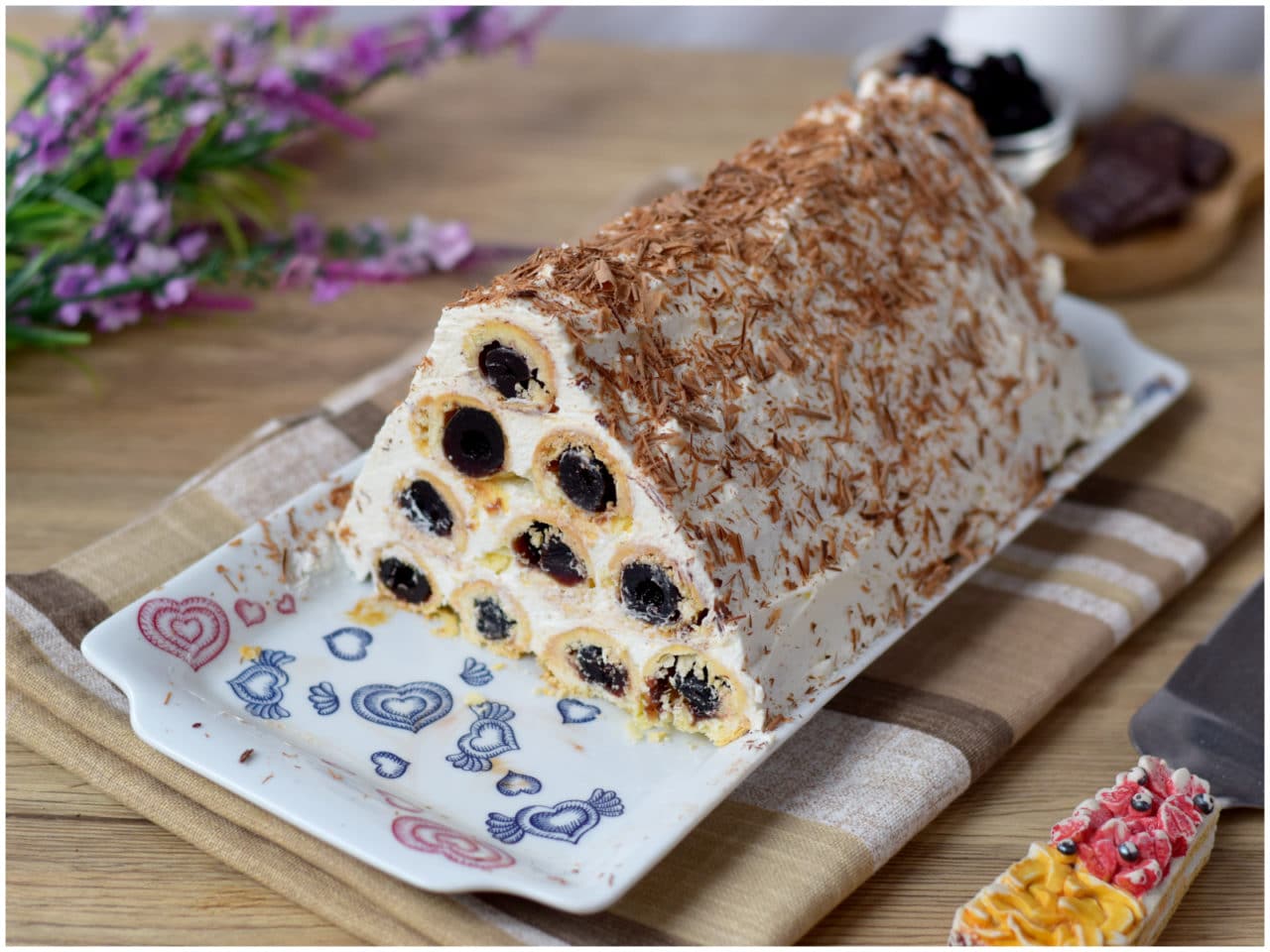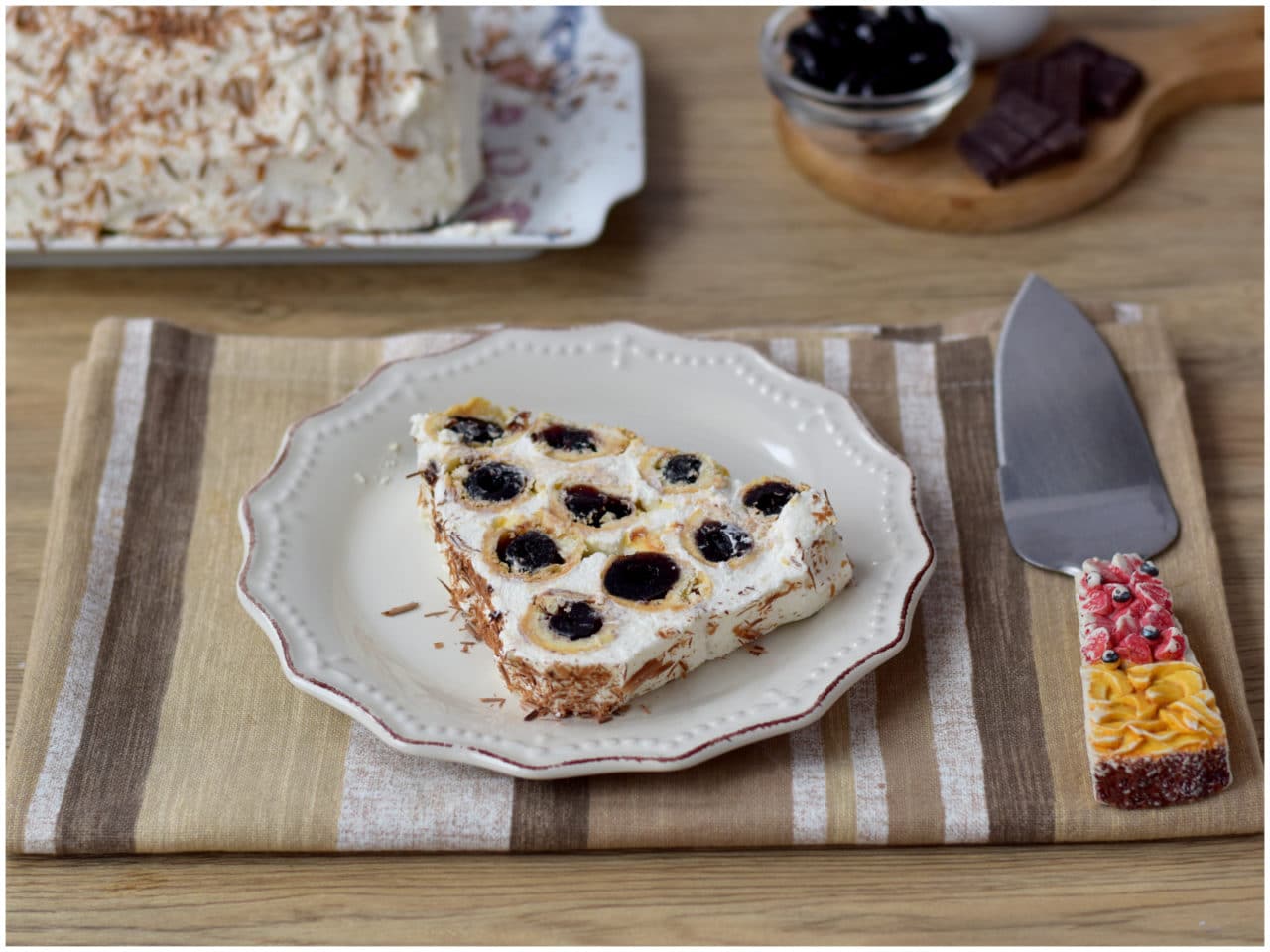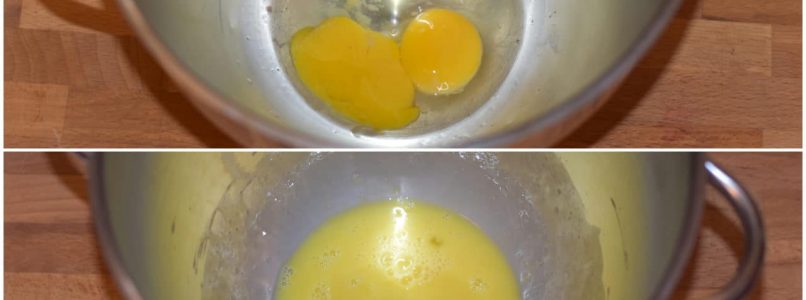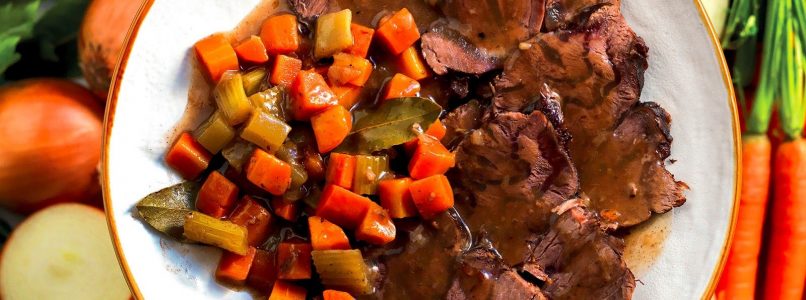First prepare the pastry: mix the egg and yolk well with salt and vinegar in a bowl, then first add the butter and cream and finally the sifted flour.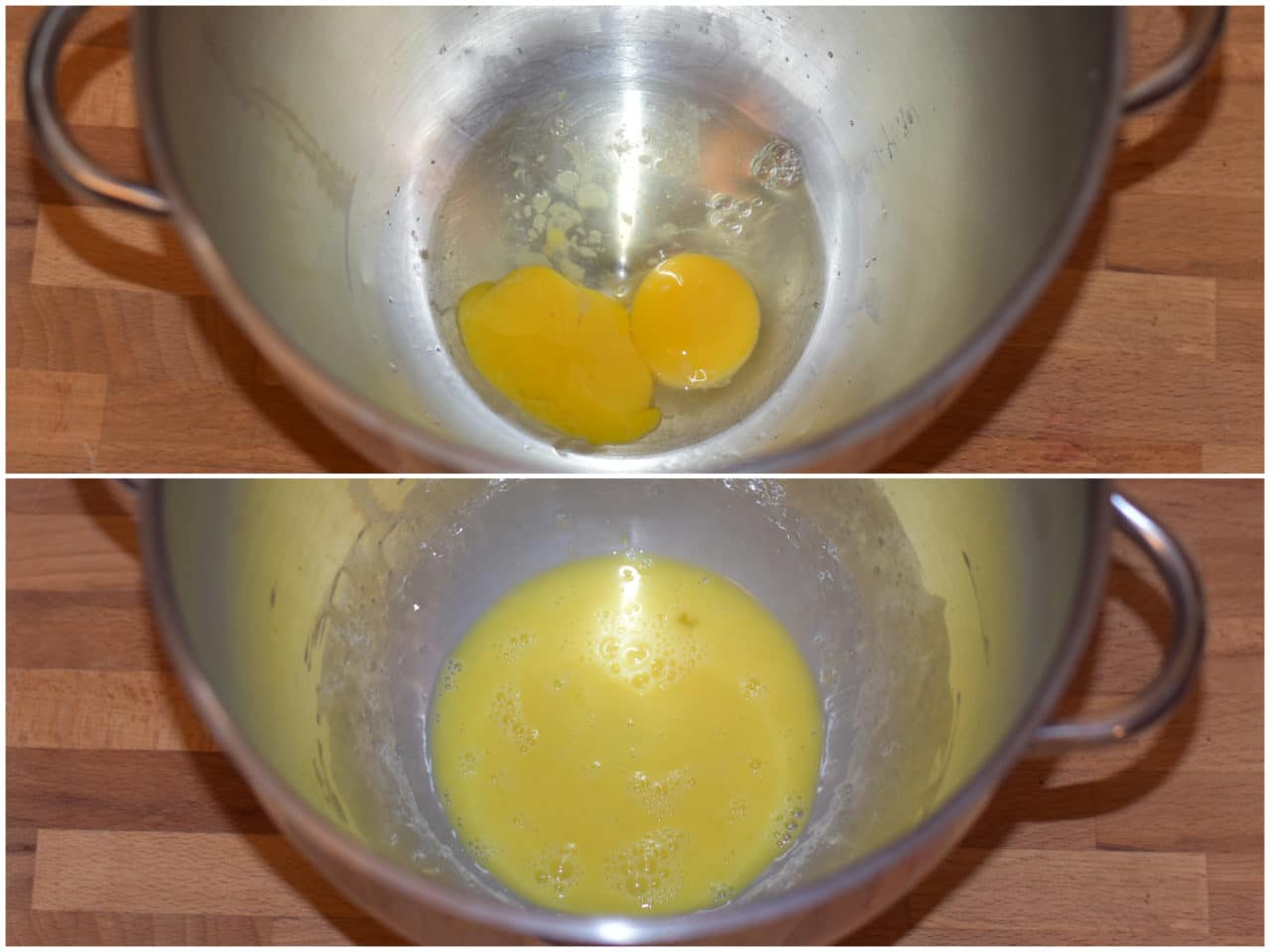

Without resting, divide the dough into 10 equal balls, cover with cling film and leave to rest in the fridge for 1 hour.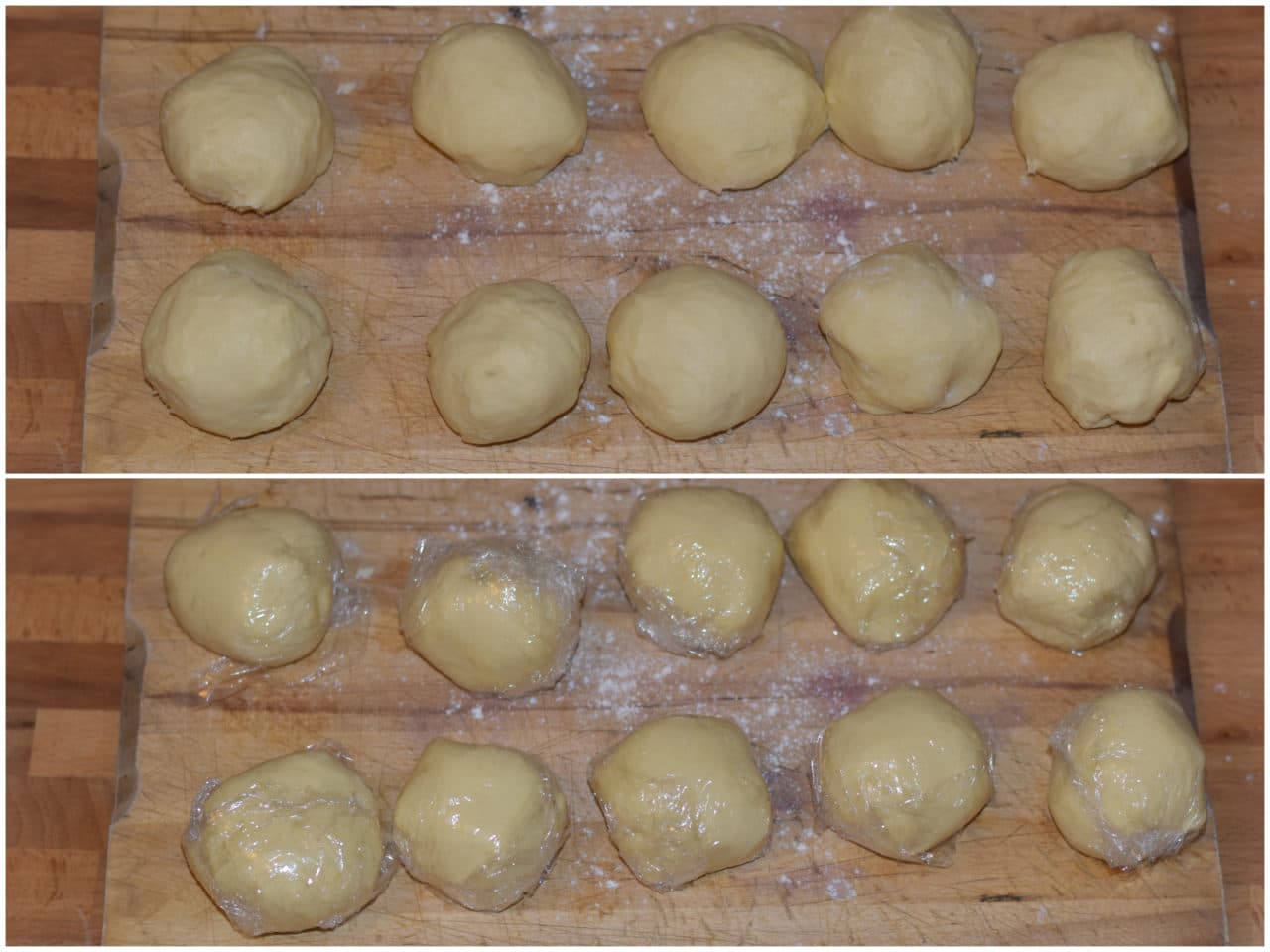
Drain the cherries from the syrup.
Take the loaves again, roll them out 1 at a time into a wide strip, arrange a row of cherries on top and roll the pastry around the cherries, finally close the ends well: you will obtain a sort of long, thin cannoli, filled with cherries (and with the ends closed).
Proceed similarly with all the other dough balls.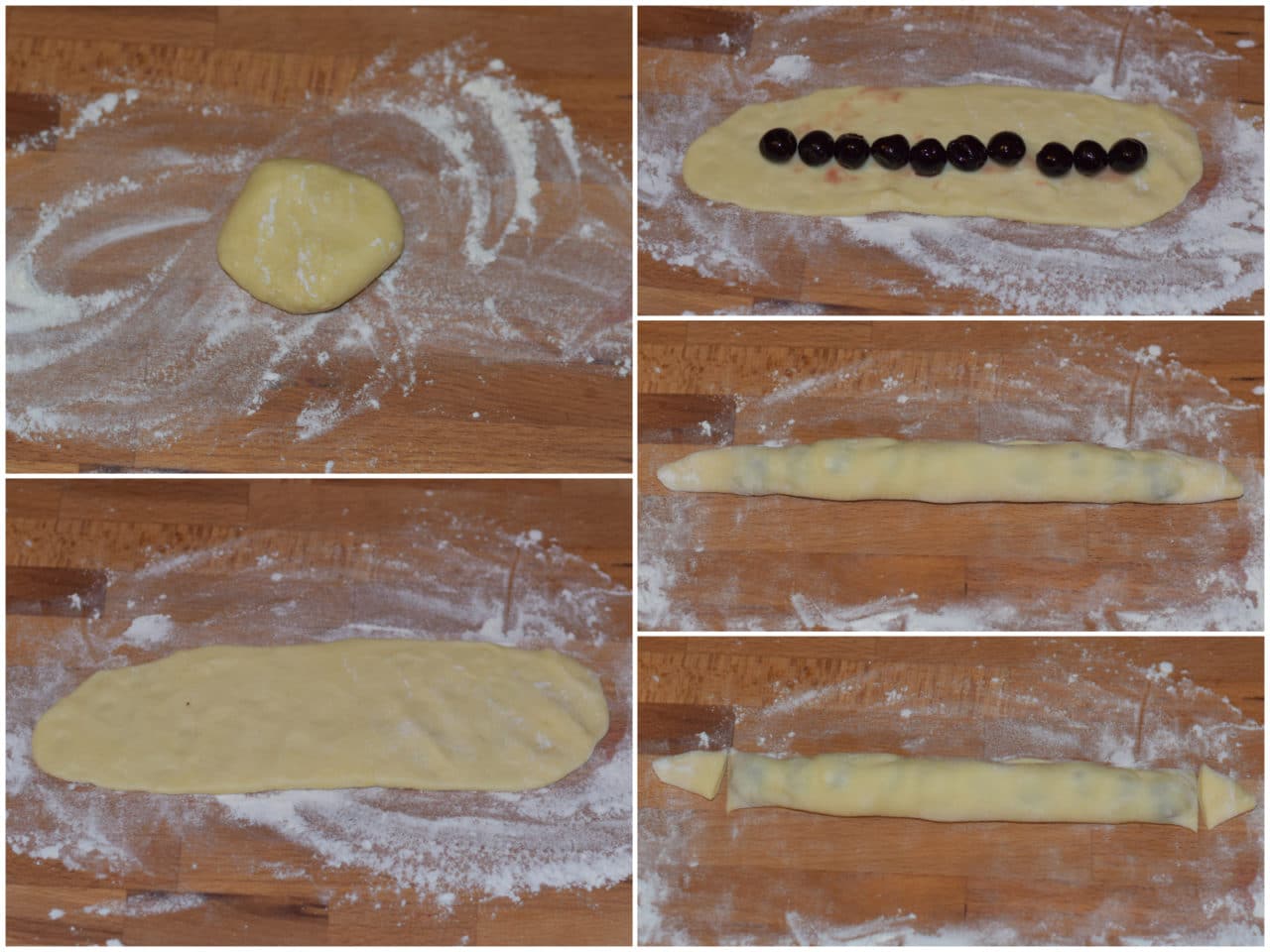
Place all the cannoli on the baking tray lined with baking paper, slightly separated from each other, then cook for about 20 minutes or until lightly golden, then leave to cool completely.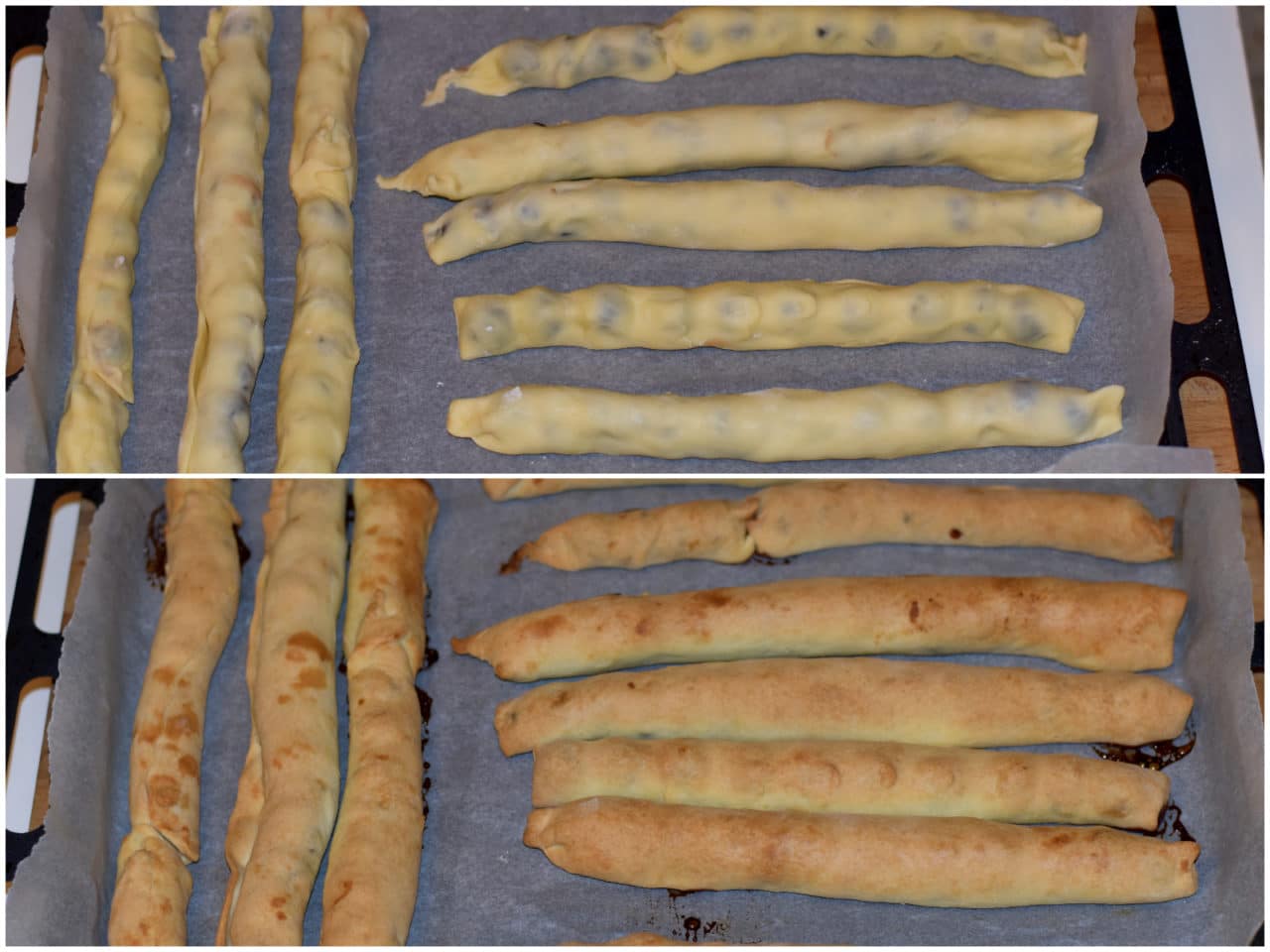
Prepare the cream: whip the cold cream from the fridge in a bowl; separately, whip the cheese with the sugar.
Then combine the two mixtures, mixing delicately, with a movement from bottom to top, so as not to dismantle the cream.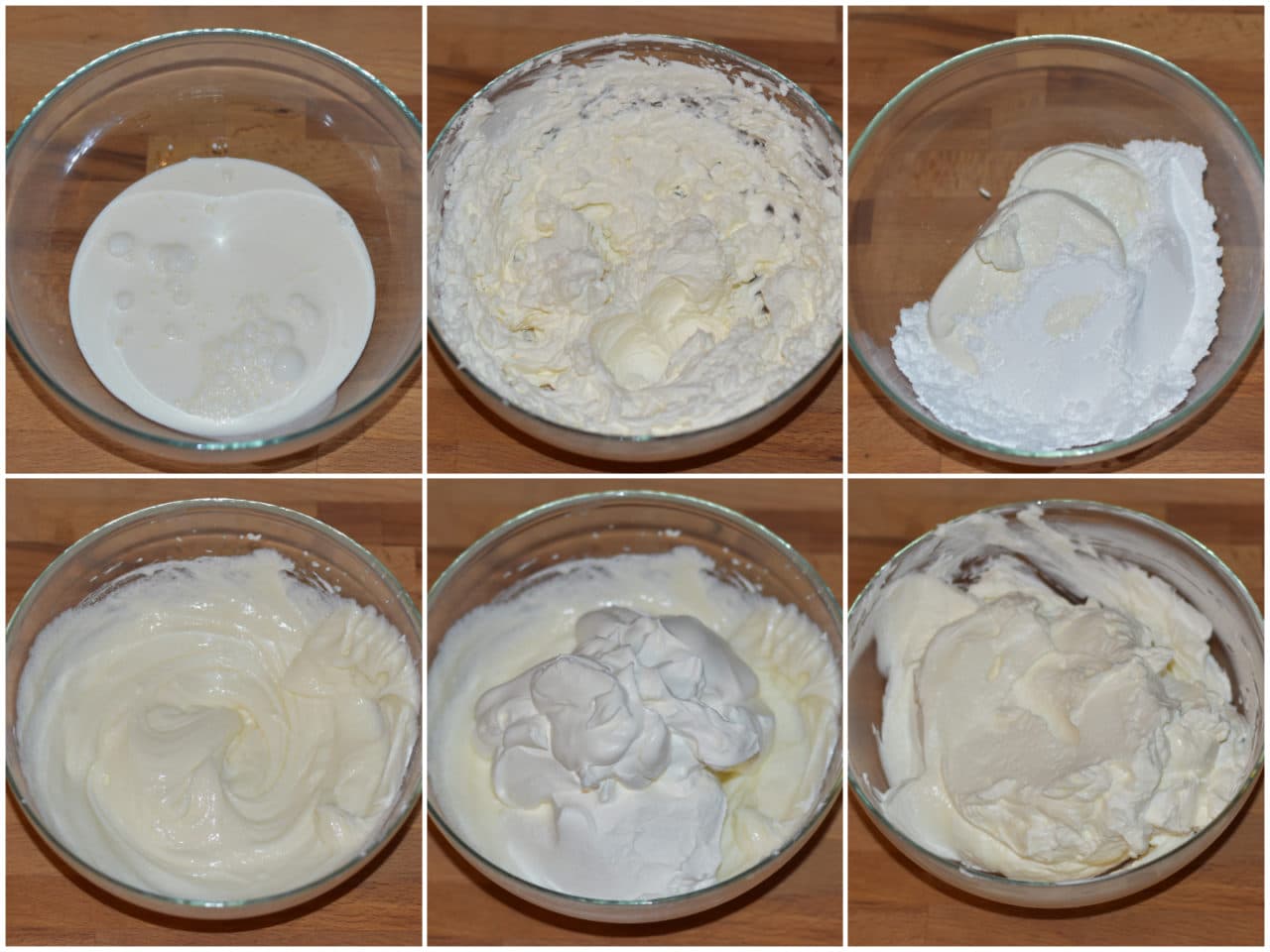
Assemble the dessert: place 4 cannoli on a tray or serving plate, cover them with a thin layer of cream, place another 3 cannoli on top and create a second layer of cream.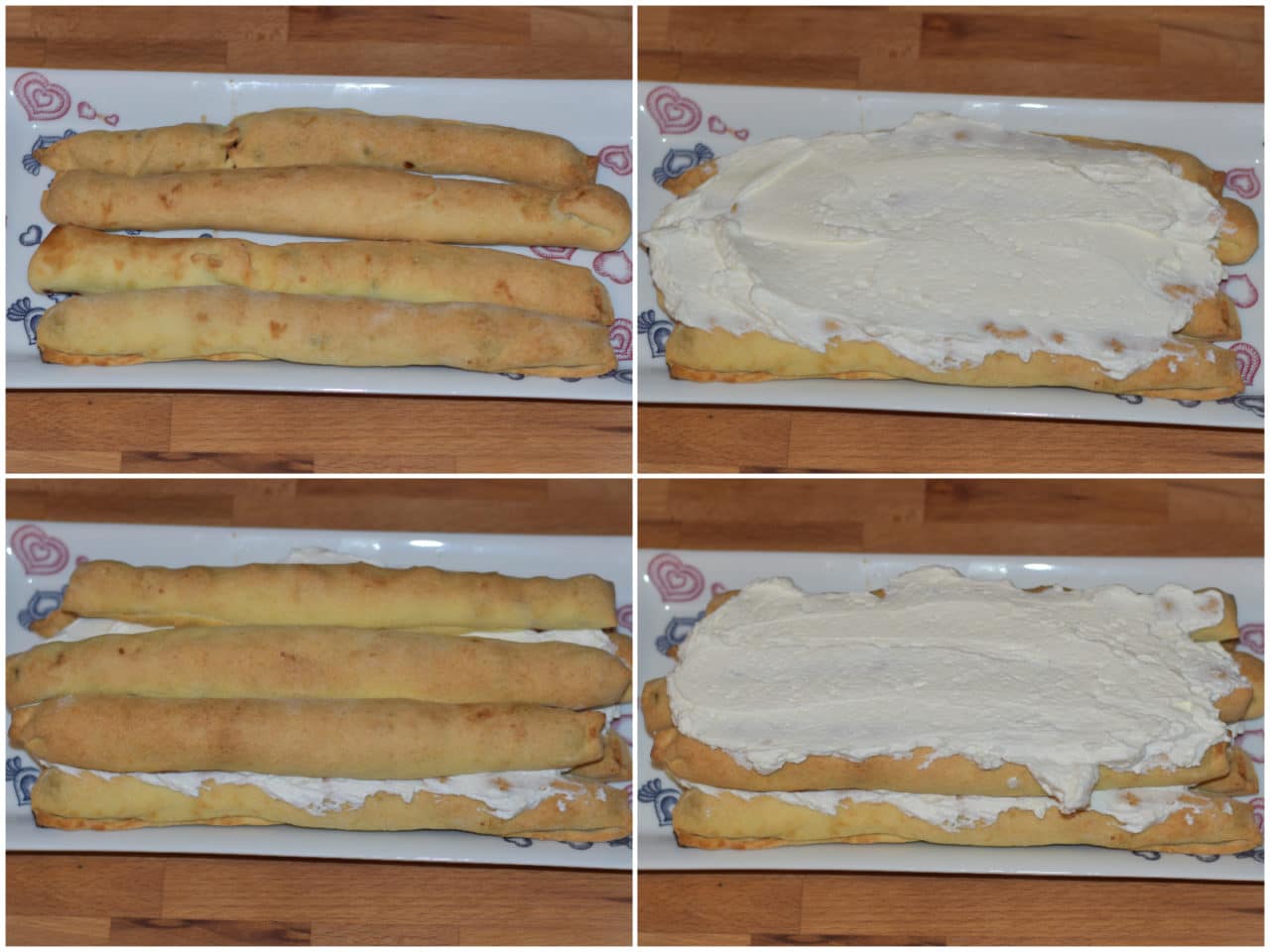
Continue with 2 cannoli, a third layer of cream, and conclude with the last cannoli, obtaining a sort of pyramid.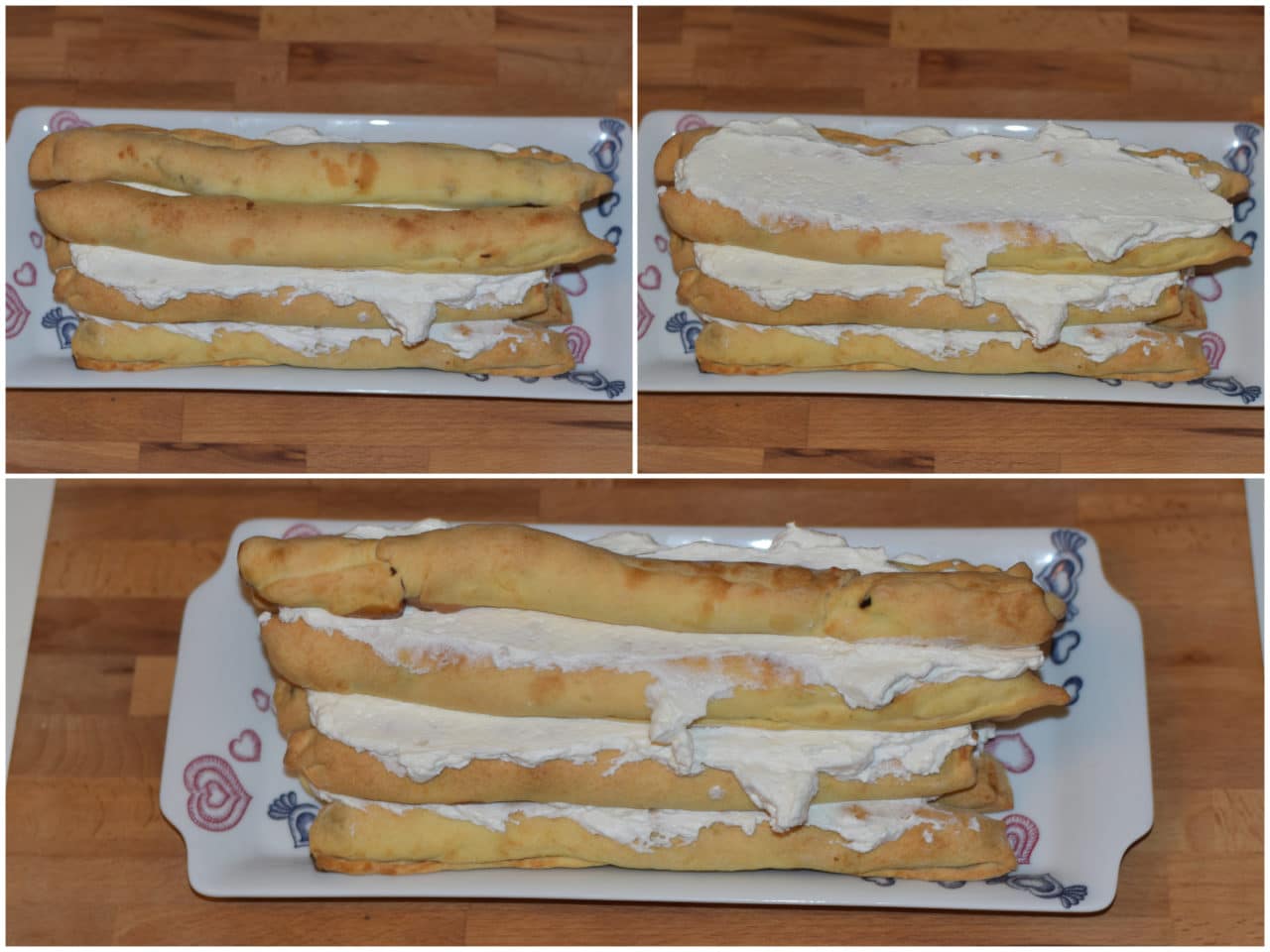
Cover completely with the remaining cream, leveling well, and decorate with dark chocolate flakes.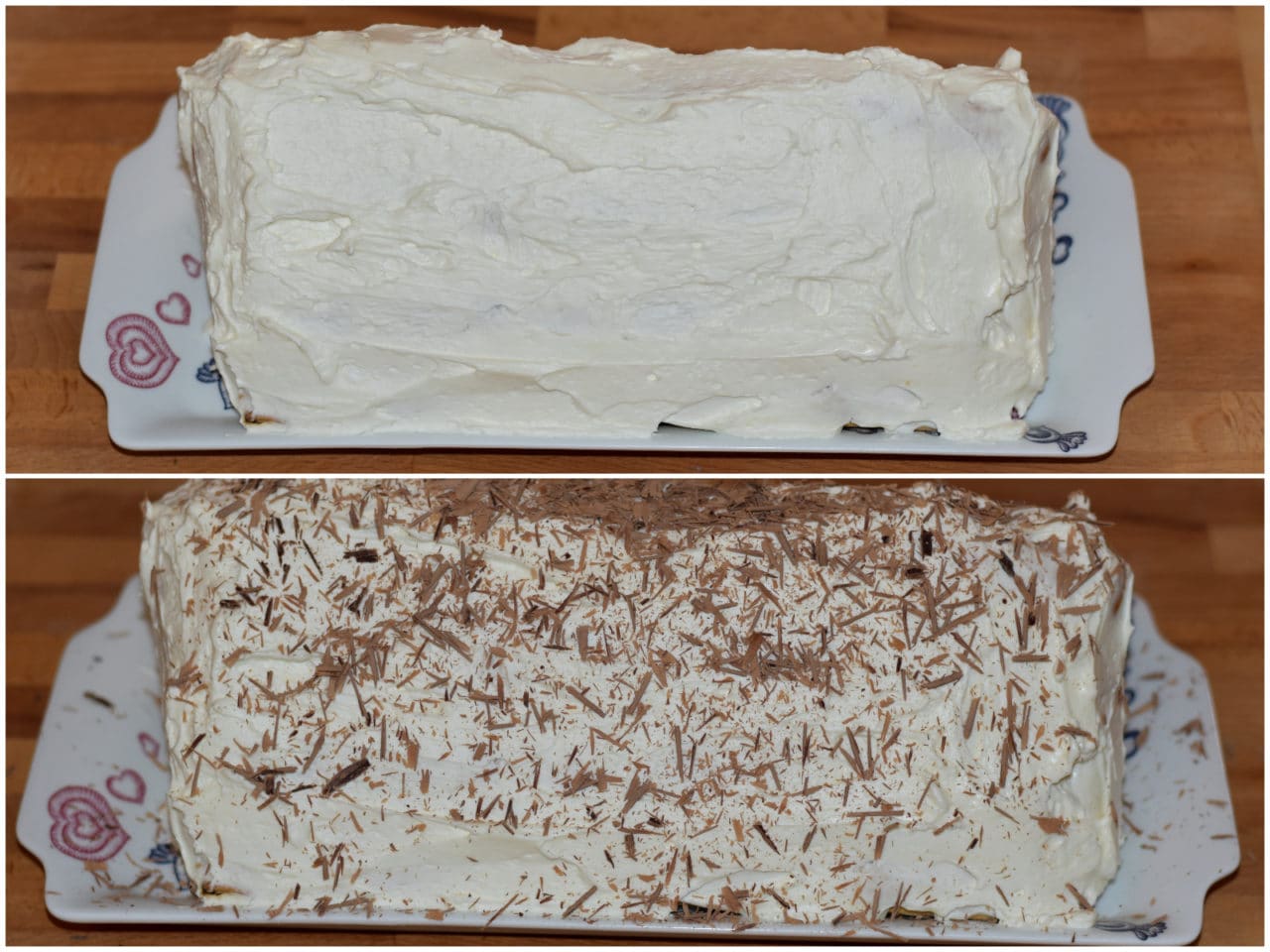
Guguţa’s hat is ready, all you have to do is serve it, perhaps telling the fairy tale from which it was born.
